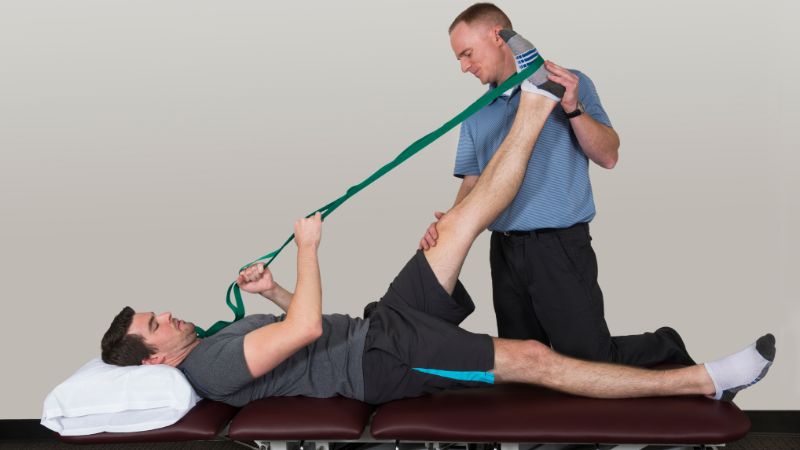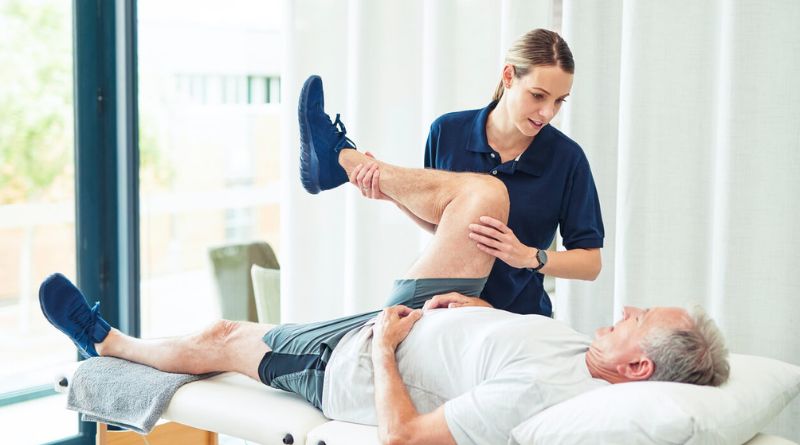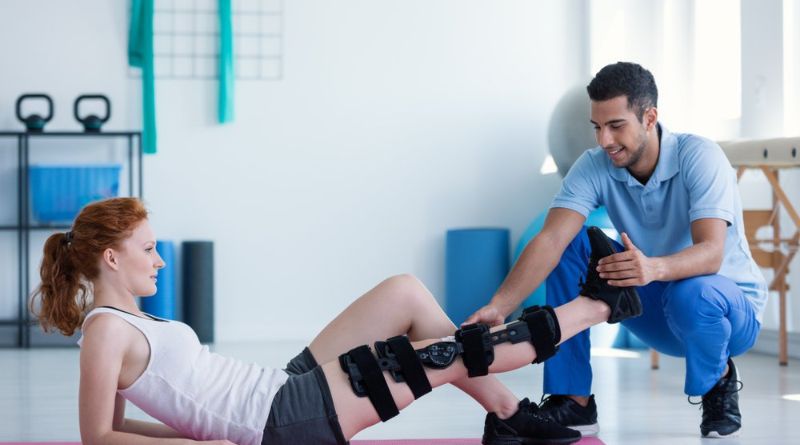Achieving optimal flexibility is not only beneficial for athletes aiming to improve performance but also for individuals recovering from injuries or simply looking to enhance their daily mobility. Incorporating the Best Physical therapy stretches for increased flexibility into your fitness regimen can significantly contribute to achieving these goals. These stretches, carefully designed by physical therapists, target key muscle groups throughout the body, promoting increased range of motion and reduced muscle tension. Whether you’re focusing on elongating tight hamstrings, loosening stiff shoulders, or improving spinal mobility, these stretches offer a holistic approach to maintaining overall physical well-being. By integrating these exercises into your routine and performing them with proper technique and consistency, you can unlock the benefits of improved flexibility, enhanced athletic performance, and a greater sense of physical freedom in your daily activities.
Best Physical therapy stretches for increase flexibility
Hamstring Stretch
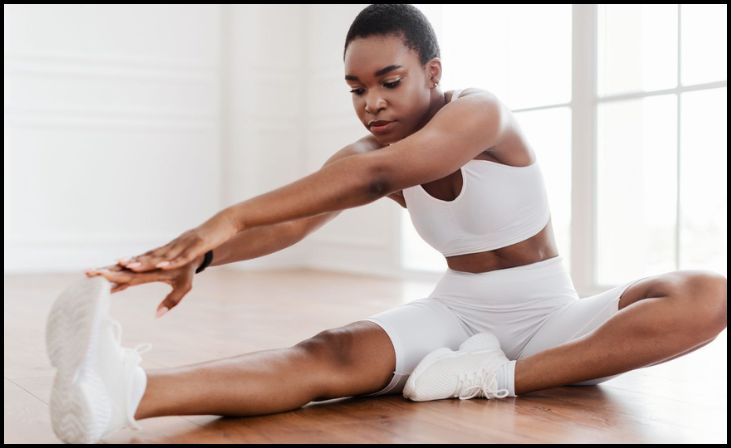
The hamstring stretch targets the muscles located at the back of your thighs. These muscles are crucial for various activities such as walking, running, and jumping. Tight hamstrings can limit your range of motion and contribute to lower back pain. By regularly performing hamstring stretches, you can improve flexibility in this area, which not only enhances athletic performance but also reduces the risk of injury. To perform this stretch effectively, sit on the floor with one leg extended straight in front of you and the other leg bent so the sole of your foot touches the inner thigh of the extended leg. With your back straight, slowly bend forward from your hips and reach for your toes. For 20 to 30 seconds, hold the stretch while you feel a slight tug in the back of your leg. Repeat on the other side. Incorporating this stretch into your routine helps maintain hamstring flexibility, supporting overall lower body function and mobility.
Quadriceps Stretch
The quadriceps stretch targets the muscles at the front of your thighs, which are essential for activities like running, cycling, and climbing stairs. Tight quadriceps can lead to knee pain and limit your ability to perform these movements effectively. To perform this stretch, stand upright and bend one knee, bringing your heel towards your buttocks. Grasp your ankle with your hand and gently pull your heel closer to your body, ensuring your knees remain close together. Hold the stretch for 20-30 seconds, feeling a stretch in the front of your thigh. Switch to the other leg and repeat. Regularly stretching your quadriceps helps maintain flexibility in this muscle group, promoting better lower body function and reducing the risk of strain or injury during physical activities.
Calf Stretch
The calf stretch targets the muscles in your lower legs, specifically the gastrocnemius and soleus muscles. These muscles are essential for activities like walking, running, and dancing. Tight calves can contribute to foot and ankle problems and limit your ability to move freely. To perform this stretch, stand facing a wall with one foot in front of the other, both feet flat on the ground. Lean forward, keeping your back heel on the floor and your back leg straight. Hold the stretch for 20-30 seconds, feeling a gentle pull in your calf muscle. Switch to the other leg and repeat. Regularly stretching your calves helps maintain flexibility in this area, improving ankle mobility and reducing the risk of injuries such as Achilles tendonitis.
Hip Flexor Stretch
The hip flexor stretch targets the muscles at the front of your hips, including the iliopsoas muscles. These muscles are essential for doing tasks including sitting, jogging, and walking. Tight hip flexors can lead to lower back pain and affect your posture. To perform this stretch, kneel on one knee with the other foot in front, forming a 90-degree angle with both knees. Move your weight ahead until the front of your hip begins to expand. Maintain a straight spine and a tucked in pelvis. Hold the stretch for 20-30 seconds, feeling a gentle pull in your hip flexor. Switch to the other side and repeat. Regularly stretching your hip flexors helps maintain flexibility in this area, promoting better hip mobility and reducing the risk of lower back discomfort.
IT Band Stretch
The IT band stretch targets the iliotibial (IT) band, which runs along the outside of your thigh from your hip to your knee. Tightness in the IT band can contribute to knee pain and hip discomfort. To perform this stretch, stand upright with one leg crossed behind the other. Lean your torso towards the side of the back leg until you feel a stretch along the outer thigh and hip. Remain upright and refrain from bending too much forward. Hold the stretch for 20-30 seconds, feeling a gentle pull along your IT band. Switch to the other side and repeat. Regularly stretching your IT band helps maintain flexibility in this area, supporting better hip and knee function and reducing the risk of overuse injuries.
Lower Back Stretch

The lower back stretch targets the muscles along your lumbar spine, which are essential for maintaining posture and supporting daily movements. Tightness in the lower back can contribute to stiffness and discomfort. To perform this stretch, lie on your back with your knees bent and feet flat on the floor. Slowly bring both knees towards your chest, using your hands to pull them gently if needed. Hold the stretch for 20-30 seconds, breathing deeply to facilitate relaxation. Repeat as needed. Regularly stretching your lower back helps maintain flexibility in this area, promoting better posture and reducing the risk of lower back pain and stiffness.
Also Read: 8 Best Physical Therapy For Jaw Pain And TMJ Disorders
Shoulder Stretch
The shoulder stretch targets the muscles in your shoulders and upper back, including the deltoids and rotator cuff muscles. These muscles are crucial for activities such as reaching, lifting, and throwing. Tight shoulders can lead to discomfort and limited range of motion. To perform this stretch, stand or sit upright with one arm across your chest. Use your other arm to gently pull the extended arm closer to your chest until you feel a stretch in your shoulder. Hold the stretch for 20-30 seconds, feeling a gentle pull in your shoulder and upper back. Switch to the other side and repeat. Regularly stretching your shoulders helps maintain flexibility in this area, supporting better shoulder mobility and reducing the risk of shoulder injuries.
Triceps Stretch
The triceps stretch targets the muscles at the back of your upper arm, which are essential for pushing and reaching movements. Tight triceps can limit your ability to extend your arms fully and perform activities such as lifting and pushing. To perform this stretch, raise one arm overhead and bend your elbow, reaching your hand towards the middle of your upper back. Use your other hand to gently push your elbow further until you feel a stretch in your triceps. Hold the stretch for 20-30 seconds, feeling a gentle pull in your triceps. Switch to the other arm and repeat. Regularly stretching your triceps helps maintain flexibility in this area, promoting better arm function and reducing the risk of strain during physical activities.
Neck Stretch
The neck stretch targets the muscles in your neck and upper shoulders, including the trapezius and sternocleidomastoid muscles. These muscles are crucial for maintaining head posture and supporting movements such as turning and tilting your head. Tightness in the neck can lead to discomfort and restricted range of motion. To perform this stretch, sit or stand upright with your shoulders relaxed. Tilt your head towards one shoulder, gently pulling with your hand if needed. Hold the stretch for 20-30 seconds, feeling a gentle pull along the side of your neck. Switch to the other side and repeat. Regularly stretching your neck helps maintain flexibility in this area, promoting better neck mobility and reducing the risk of tension-related headaches and neck stiffness.
Spinal Twist
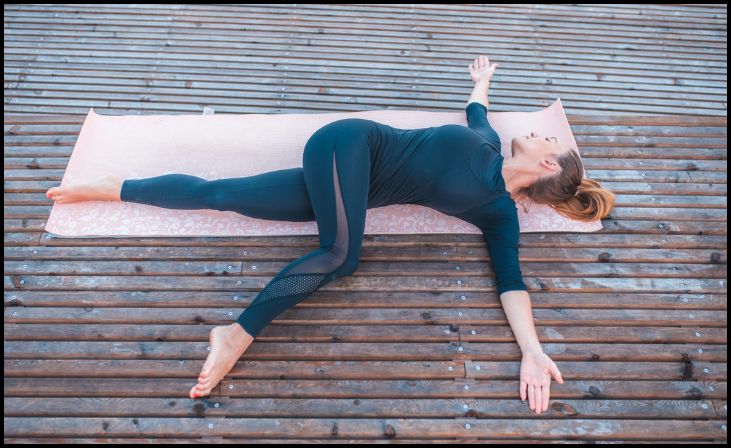
The spinal twist stretch targets the muscles along your spine, including the erector spinae muscles that support posture and trunk rotation. This stretch is beneficial for improving spinal mobility and reducing stiffness. Sit on the ground with your lower body straight in the direction of you to begin this stretch. Bend one knee and cross it over the opposite leg, placing your foot flat on the floor next to the opposite knee. As you rotate your lower body in the direction of the bent knee, hold it with your other elbow on the side. Hold the twist for 20-30 seconds, feeling a gentle rotation along your spine. Switch to the other side and repeat. Regularly stretching your spine helps maintain flexibility and mobility, supporting better posture and reducing the risk of back pain and stiffness.
Conclusion
Incorporating these physical therapy stretches into your daily routine can significantly enhance your flexibility, mobility, and overall physical well-being. Each stretch targets specific muscle groups critical for maintaining posture, preventing injuries, and improving performance in various activities. By consistently practicing these stretches with proper technique and duration, you can experience reduced muscle tension, increased range of motion, and improved muscular coordination. Whether you’re an athlete striving to optimize your performance or someone seeking relief from everyday stiffness and discomfort, these stretches offer a holistic approach to fostering a more flexible and resilient body.
FAQs
How often should I perform these stretches?
It’s recommended to perform these stretches at least 3-4 times per week to maintain and improve flexibility effectively.
Can these stretches help with back pain?
Yes, stretches like the lower back stretch and spinal twist can help alleviate tension in the muscles supporting the spine, potentially reducing back pain.
Is it normal to feel discomfort during stretching?
Mild discomfort is normal, but you should avoid any sharp or intense pain. Stretch to the point where you feel tension, not pain, to prevent injury and promote relaxation in the muscles.

